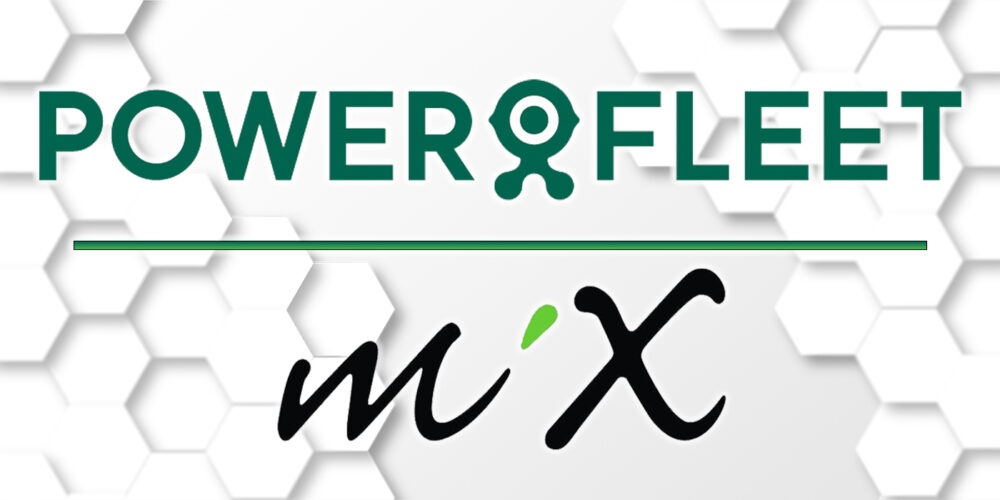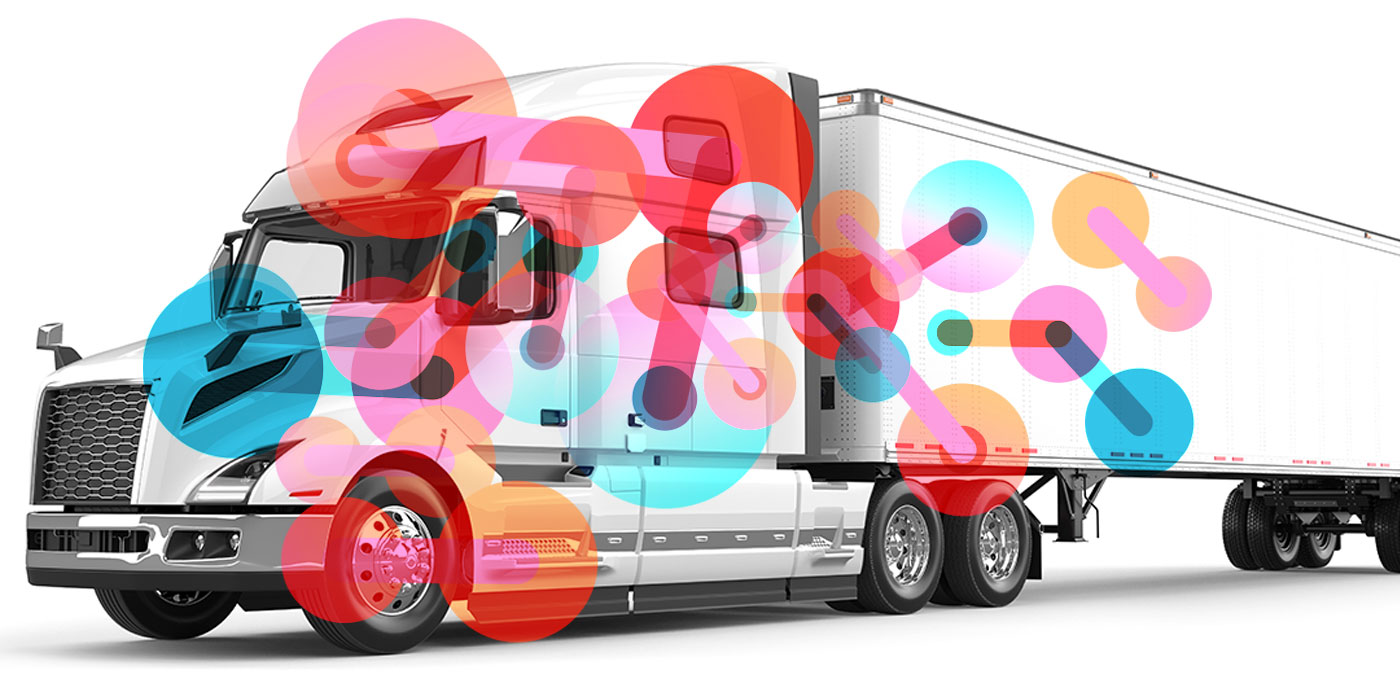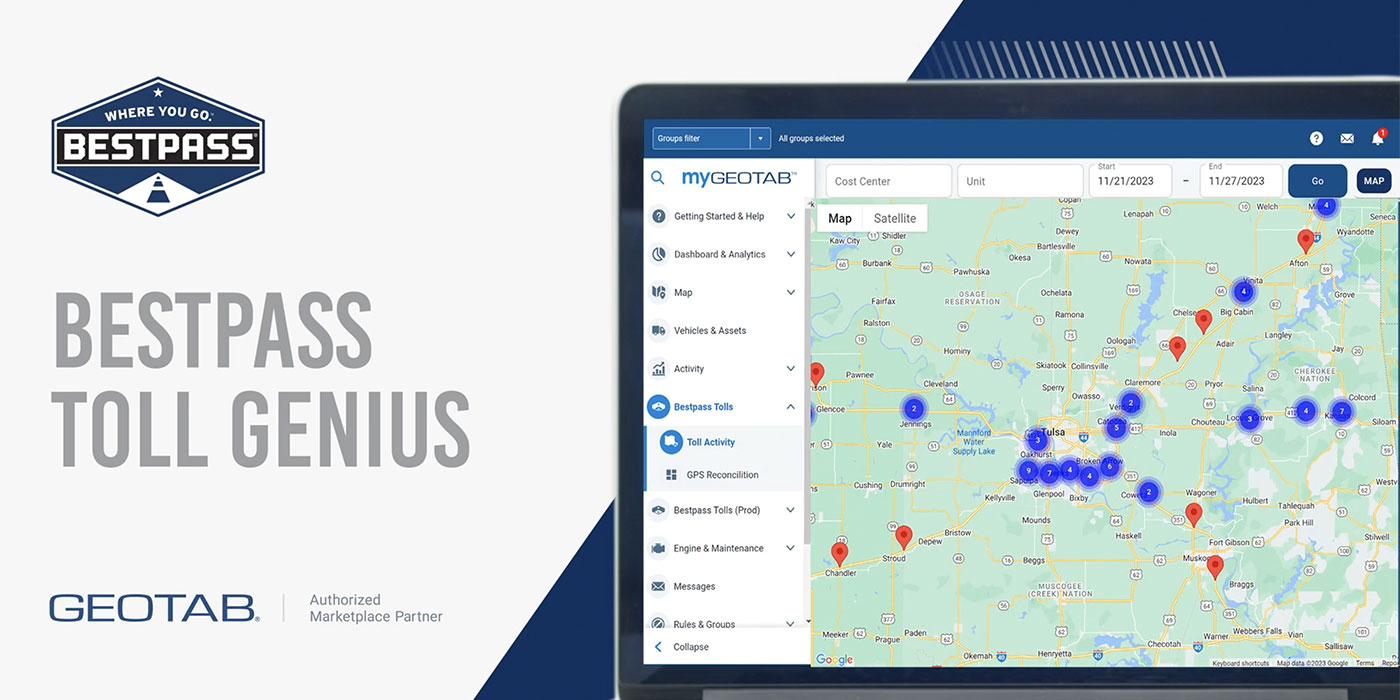Private fleets of all sizes face tremendous pressure to generate value for the companies that run them. To do so, they must determine how to answer this all-important question from a potential customer: “Why should I do business with you rather than with your competitor?”
How can you answer that question and begin outperforming your competitors? The same way today’s leading fleets already do: By unleashing the power of fleet analytics. Fleet analytics is the real-time analysis of driver and vehicle data collected by an onboard computer (OBC) and fleet management software. By analyzing the data and then taking action, fleets—the supply chain to which they belong—drive competitive advantage.
Competitive advantage No.1: Smarter cabs enable smarter decisions
As every fleet manager knows, running even a small fleet requires making dozens of decisions on a moment’s notice. Does a driver have available hours to make an unscheduled pickup? Will today’s weather or traffic cause delays? What time does a truck need to leave the terminal in order to arrive on schedule? Which vehicles need engine overhauls? Which months are our busiest? What products are our most popular?
You can have all the data in the world, but unless you have the right data—and the ability to easily access, analyze and act on it—you’ll have trouble making good decisions.
Enter fleet analytics. Fleet analytics puts the right data at your fingertips in dashboards, easy-to-read reports and colorful infographics so you can make timely, well-informed decisions about every aspect of your fleet’s operations.
To bring fragmented data together in a uniform way, many fleets are turning their cabs into “smart hubs,” where all the data drivers and fleet managers need is integrated wirelessly with an OBC.
This data includes critical information such as traffic alerts, route changes, turn-by-turn directions or last-minute customer requests, all communicated to the driver audibly or on screen in real time. The smart hub also sends two types of data back to fleet managers:
- Automatically collected data, such as vehicle speed and location
- Driver-entered data, such as duty status changes and delivery details
What’s more, the smart hub seamlessly integrates third-party add-on applications such as tire-pressure and temperature monitoring.
Critical decision-making capabilities are built right into fleet management systems, so many decisions can be made without human intervention. For example, when a certain set of conditions are met—say a driver exceeds the company-set speed limit or leaves his engine idling too long—the system can automatically alert the driver. By automating routine decisions such as these, managers can focus their attention on more strategic issues. And with decisions based on data rather than intuition, companies improve their entire supply chain: from loads to locations, from warehouses to customers. What could be smarter than that?
Competitive advantage No. 2: Real-time in no time
All fleet management systems provide data. Unfortunately, that data is typically a snapshot of the past, which limits its value. For a true competitive advantage, fleets need real-time data rather than near-time data that’s “so five minutes ago.”
Real-time data offers a view of the present situation, enabling you to respond immediately to what’s happening right now. And while the difference between near-time and real-time may not seem all that important, it can have a big impact on your bottom line.
Tom Flies is chief operating officer of Cadec Global Inc.














